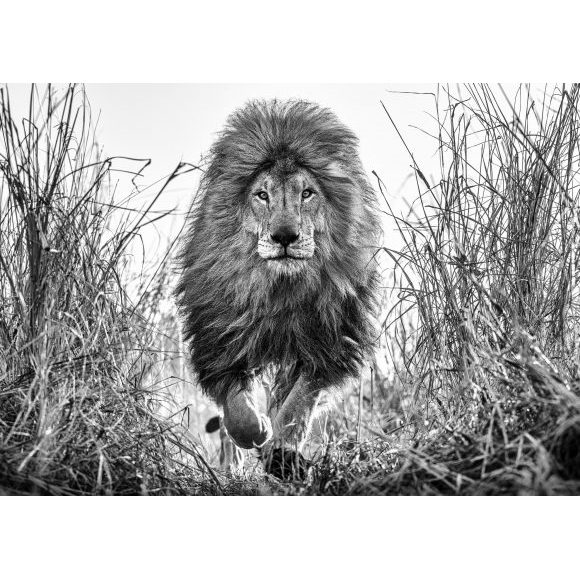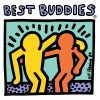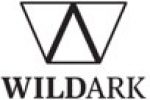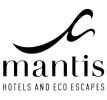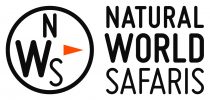Letter From Yellowstone

It is a debate that will never be won, but those who contend that America is the most visually spoilt country in the world have a fairly compelling opening argument. The romantic enormity of the South West, the wilds of Alaska, “The Lost World” swamps of Louisiana and the architectural splendour of Manhattan and Chicago – the list is endless. There is a breadth that other stunningly scenic, but smaller countries, such as Iceland, Namibia, New Zealand and Chile cannot match.
The relationship between the history of photography and awareness of America’s majesty is circular and tight. The South West’s significance in shaping photography as an art form is matched only by photography’s significance in defining the region’s identity.
100 years ago, Edward Curtis gave us magnificent and historical imagery of Native American tribes, canyons and deserts. Many years later, John Ford and Ansel Adams built on that foundation in film and stills respectively. In the American West there is a rich legacy of generational talent in landscape filming. To take a camera into these lands is to walk in the shadows of giants.
America has now become over photographed and nowhere more so than its two most celebrated national parks – Yosemite and Yellowstone. There is little detail that has not been captured and it takes extraordinary light conditions or smart contemporary art photographers such as Stephen Wilkes to give us fresh detail.
Despite this, Yellowstone has always had a pull on me. The name itself elicits imagery of an untamed frontier. The wildlife in this, the oldest of American National Parks, is rich and well documented – bears, wolves, big cats and bison. National Geographic’s dedicated and talented photographers have shown great patience over the years, as have celebrated local photographers such as Tom Mangelsen and Tom Murphy.
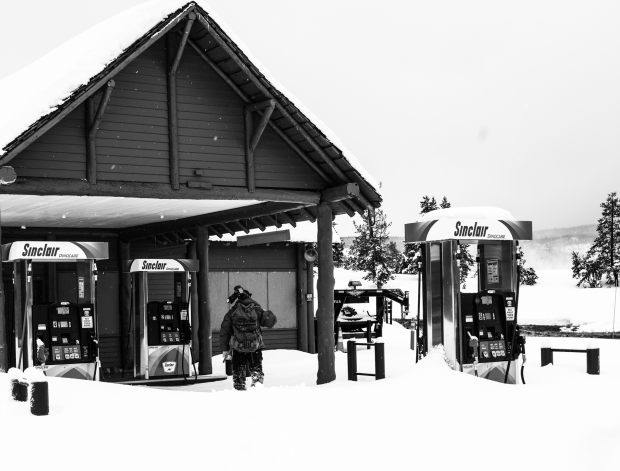

I am not a National Geographic photographer – my primary focus is not to capture animal behaviour, nor do I have an editorial demand to return with a portfolio of images. Rather, I am looking to create artistic images that at their heart have an intimacy, soul and finite detail. This is both a relief and a challenge and it does mean I often return empty handed. Returning from overseas assignments with nothing of note is a corollary of the belief that powerful images are rare. Like salmon fishing in Scotland – to return empty handed is part of the game.
"I am looking to create artistic images that at their heart have an intimacy, soul and finite detail."
Yellowstone in the summer has the full portfolio of animals – the bears are out of hibernation and with this comes a level of traffic that impinges on the serenity of the park. It is fairly common for cars to back up for a mile. I like to work on my own and when the snow melts in Yellowstone, this is almost impossible.
Snow is the critical moisture to the Yellowstone ecosystem and in my mind, it defines and characterises the park. So this February, I ventured into Yellowstone in the company of Tom Murphy – who had agreed to work with me on this project. He brought with him a rich understanding of every region of this vast park and in particular the behavioural patterns of bison in the cold.
My research led me to believe that it was vital for it to be cold and for there to have been recent snowfall. Sadly, Yellowstone is not as cold as it used to be – indeed in two of the last three Februarys, most of the snow at lower levels had melted. But this year was different and it was snowing hard on our drive (below) to the frontier village of West Yellowstone. Anyone familiar with my driving prowess, or lack of, would not have wanted to be in the passenger seat. It was not cold, far from it, but it was just about cold enough. We simply had to give the project time and the weather forecast, which tends to be quite accurate, augured well.
As it was, this trip yielded one spectacular image which I hope will stand the test of time. But I will leave others to decide.





